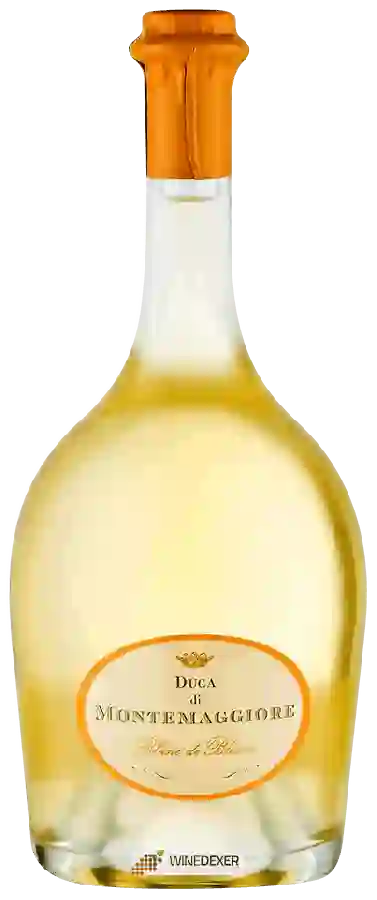
Winery de LadoucetteDuca di Montemaggiore Blanc de Blancs
This wine is composed of 100% of the grape variety Chardonnay.
This wine generally goes well with pork, vegetarian or poultry.
The Duca di Montemaggiore Blanc de Blancs of the Winery de Ladoucette is in the top 60 of wines of Tuscany.
Food and wine pairings with Duca di Montemaggiore Blanc de Blancs
Pairings that work perfectly with Duca di Montemaggiore Blanc de Blancs
Original food and wine pairings with Duca di Montemaggiore Blanc de Blancs
The Duca di Montemaggiore Blanc de Blancs of Winery de Ladoucette matches generally quite well with dishes of pork, rich fish (salmon, tuna etc) or vegetarian such as recipes of stuffed eggplant (with vegetables or mixed), salmon and leek gratin or vegan leek and tofu quiche.
Details and technical informations about Winery de Ladoucette's Duca di Montemaggiore Blanc de Blancs.
Discover the grape variety: Chardonnay
The white Chardonnay is a grape variety that originated in France (Burgundy). It produces a variety of grape specially used for wine making. It is rare to find this grape to eat on our tables. This variety of grape is characterized by small bunches, and small grapes. White Chardonnay can be found in many vineyards: South West, Burgundy, Jura, Languedoc & Roussillon, Cognac, Bordeaux, Beaujolais, Savoie & Bugey, Loire Valley, Champagne, Rhone Valley, Armagnac, Lorraine, Alsace, Provence & Corsica.
Last vintages of this wine
The best vintages of Duca di Montemaggiore Blanc de Blancs from Winery de Ladoucette are 2012
Informations about the Winery de Ladoucette
The Winery de Ladoucette is one of of the world's greatest estates. It offers 18 wines for sale in the of Tuscany to come and discover on site or to buy online.
The wine region of Tuscany
Tuscany is one of the most famous and prolific wine regions in Europe. It is best known for its Dry red wines made from Sangiovese grapes, which dominate production. These include Chianti, Brunello di Montalcino and Vino Nobile di Montepulciano. The region's Vin Santo is also highly prized, as are its passito dessert wines, though these are produced in comparatively tiny quantities.
The word of the wine: Heavy
Said of a thick, rustic wine that lacks finesse.














